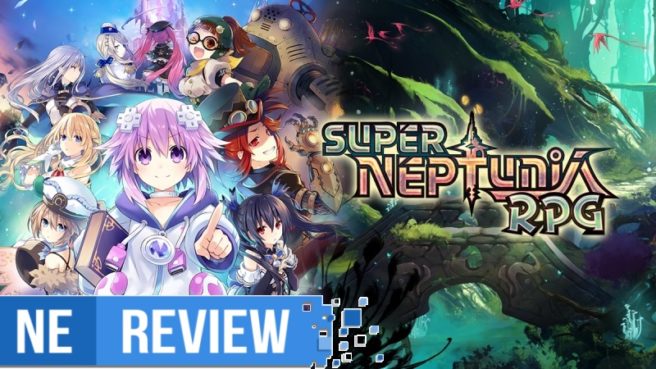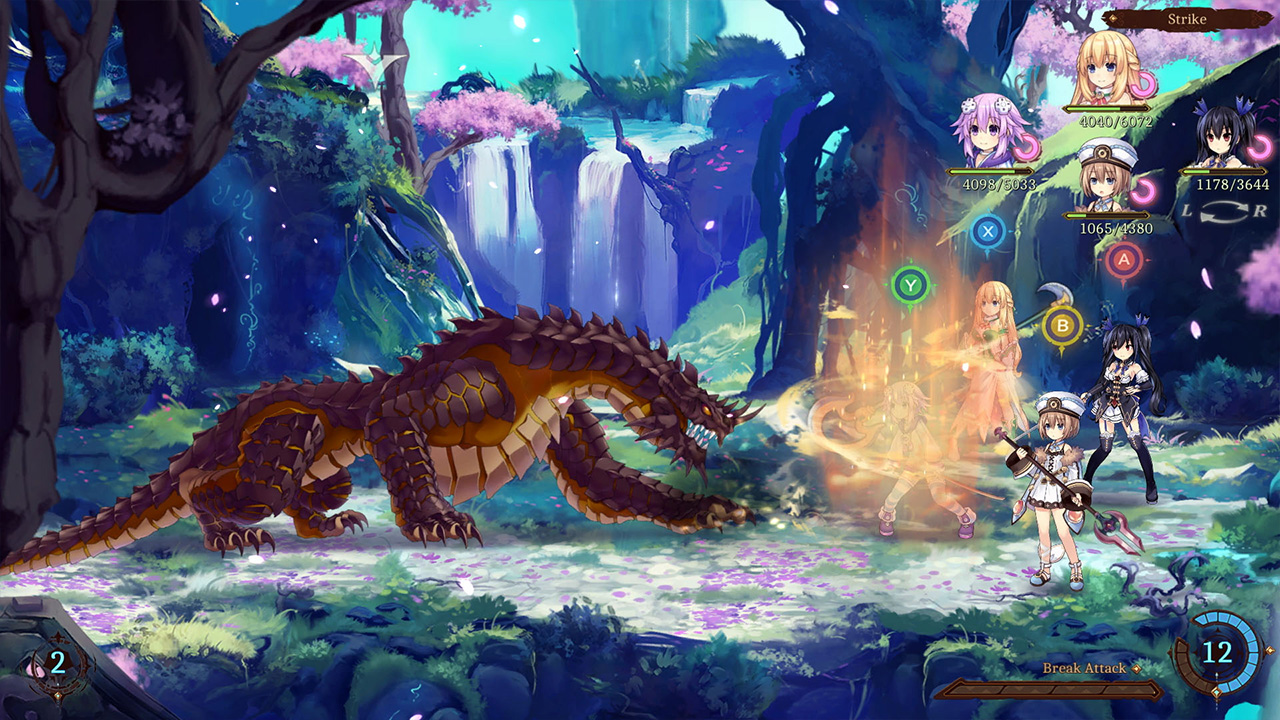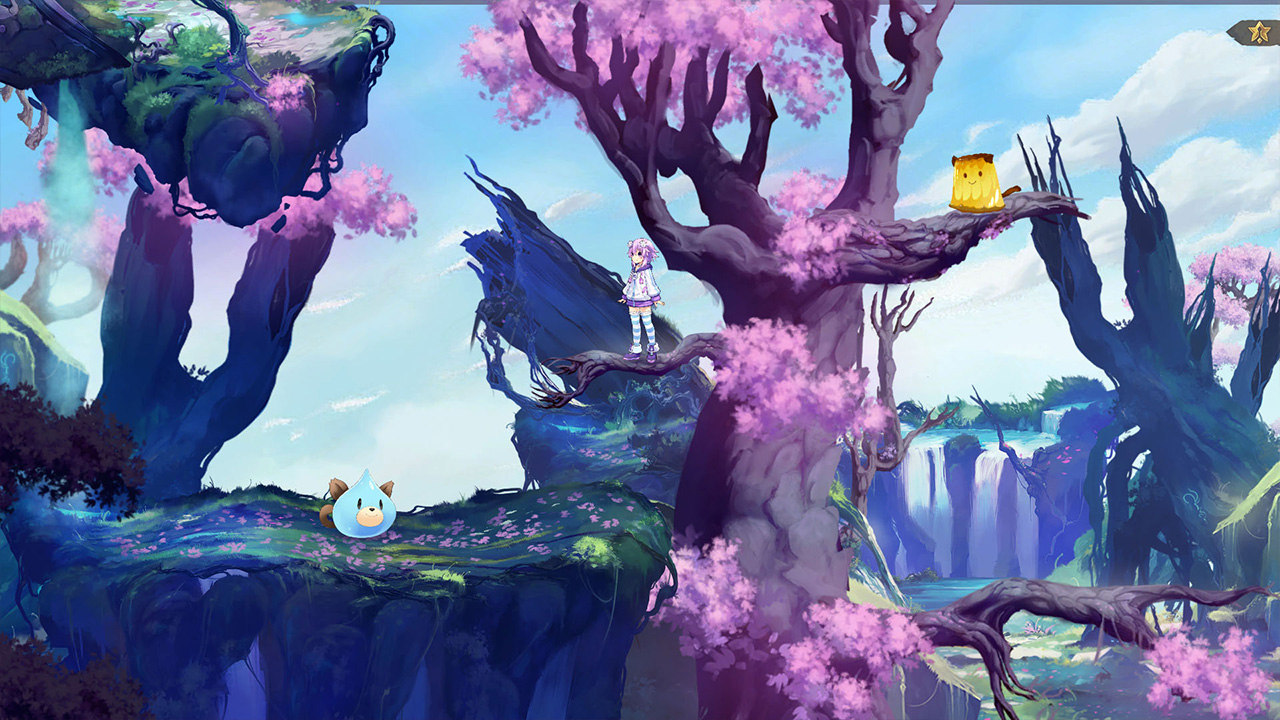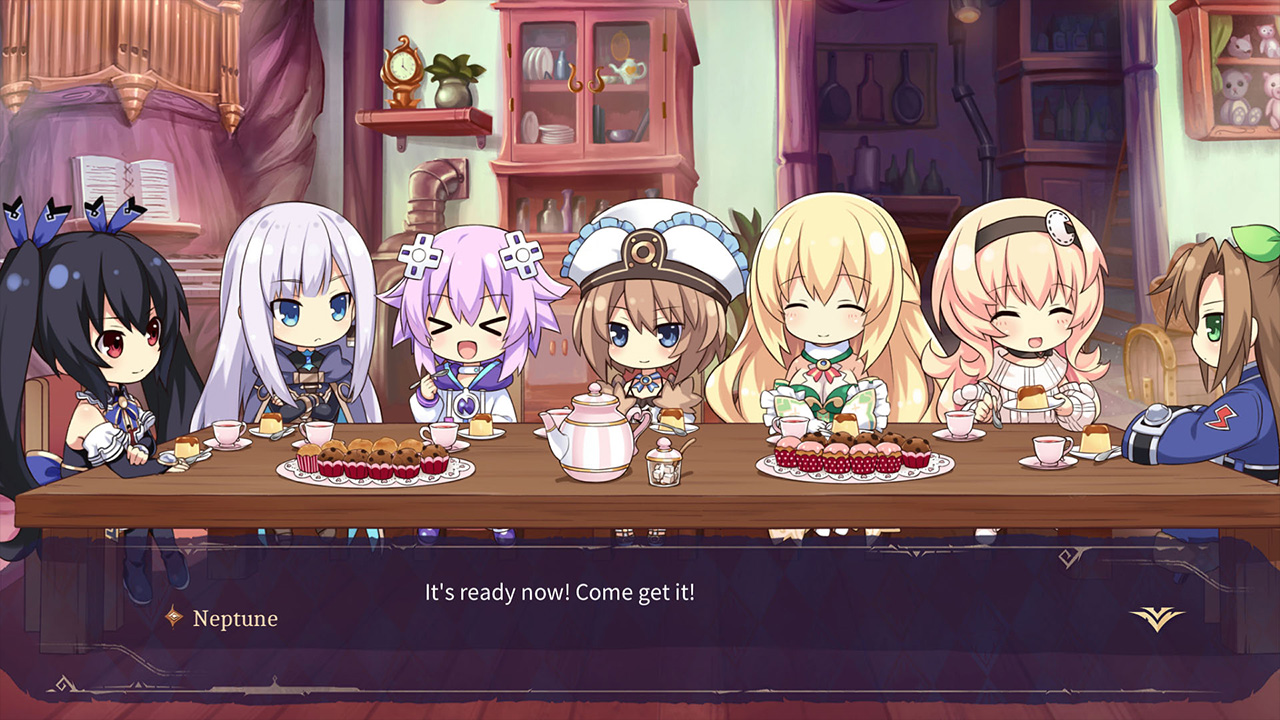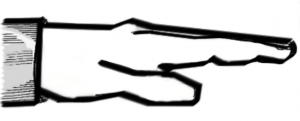[Review] Super Neptunia RPG
System: Switch
Release date: June 25, 2019
Developer: Artisan Studios / Compile Heart
Publisher: Idea Factory
Have you ever wanted Nintendo, Sony, Microsoft, and SEGA to be personified as anime girls? If for some bizarre reason you answer “yes,” then the Neptunia franchise should be right up your alley. Since the release of the first Neptunia game in 2010, this Japanese RPG series has presented fanciful takes on the age-old console wars. With Super Neptunia RPG, the franchise finally makes its debut on a Nintendo system, as well as its first foray into 2D game design. While this latest entry features all the charm and fast-paced gameplay that make the series so endearing, the larger package feels so rough around the edges that it can be hard to recommend.
Fittingly enough, the first 2D entry in the Neptunia series focuses on the never ending conflict between 2D and 3D games. The story begins when series protagonist Neptune awakes to find that she has lost all of her memories. She ventures out into the appropriately named world of Gamindustri to understand her situation, and soon meets other heroes who have suffered similar amnesia. It’s not long before she encounters a mysterious organization called Bombyx Mori, a tyrannical organization that confiscates 3D games and rigorously enforces the creation of 2D games. Before long, all-out war breaks out as Neptune and her friends fight to regain their memories and save 3D gaming from the brink of destruction.
The story is just as light and enjoyable as the series is known for. It’s nothing that hasn’t been done before, but it’s told with enough charm and humor to keep it engaging for the roughly twenty-hour adventure. It’s filled with snappy dialogue, likable characters, and plenty of jabs at the games industry. There are extensive parodies of games ranging from Pokemon to Splatoon to Final Fantasy; at the end of many battles, Neptune will even hum an exaggerated version of the Final Fantasy victory fanfare.
It’s a shame that so much of this charm is diluted due to the game’s poor pacing. Lengthy dialogue sequences aren’t uncommon, and while this isn’t a problem in its own right, many of these cutscenes are filled with fluff. Many characters have a dreadful habit of talking about absolutely nothing for minutes at a time, puffing up what should have been a three-minute cutscene into ten minutes. I get it, the villain just bit her tongue – that’s a funny gag, but I really don’t need every single character in the story to expound upon it for three minutes straight.
At the very least, the localization is high-quality. Idea Factory spared no expense in preparing the game for western audiences, going so far as to fully dub every spoken line in the game with English voice acting. Nearly every voice actor gives an excellent performance in bringing their respective characters to life and highlighting their individual personalities. The story may be held back by some troublesome pacing, but it still manages to provide a good time for the vast majority of the adventure. At the end of the day, that’s all a story needs to achieve.
Although the story is fairly typical Neptunia fare, the gameplay is anything but. As the first two-dimensional game in its series, Super Neptunia RPG introduces a unique turn-based combat system to fit its new style. Instead of having to choose every action from a menu as in typical turn-based RPGs, each character is mapped to a specific face button. Pressing a character’s assigned button will cause them to perform certain pre-chosen attacks. Different moves can be performed depending on their place in the current party formation, which can be adjusted at any time with a click of the left or right shoulder buttons. Action points are automatically accumulated over time, and every action will require a certain amount of these points before it can be executed. These mechanics make the battle system significantly faster than your average turn-based RPG, providing what initially feels like a refreshingly swift take on the genre.
Yet there is another core aspect of the combat system that can make battles fly by even quicker, for better or for worse. Most enemies have weaknesses to exploit. If you hit an enemy with an attack it’s weak to – for instance, by using a fire attack on an ice monster – then your action meter will instantly refill itself. This will allow you to recklessly hack away at enemies in extensive, possibly endless combos. The combat system’s emphasis on speed and revealing enemy’s weak points can feel exhilarating for the first few hours of the game. However, the battle system never changes from the game’s first hour to its last. Once you’ve found an enemy’s weakness, every fight devolves into a mindless button mashing competition. Each battle boils down to this same formula – find an enemy’s weak point and then spam an attack or two until they die. Even the game’s final boss succumbs to this boring routine, turning what should be the a grand finale into an anticlimactic let down. With very little challenge to speak of as well, what begins as a promising combat style turns into a boring slog long before the credits roll.
Of course, you won’t spend all your time in combat. In between fights, you’ll be exploring the various kingdoms of Gamindustri, which have all been reimagined as sprawling side-scrolling domains. The level layout is reminiscent of Metroidvania design philosophy, with many areas being off limits early in the game until new abilities have been acquired. Light platforming is abundant, with plenty of secret treasures hidden on floating platforms or behind tricky platforming challenges. However, character movement rarely feels precise, and collision detection is also questionable. The visual design exacerbates this issue further, with it often being difficult to tell the background from the foreground. There’s often zero indication as to whether a platform can be jumped on or not. Technical faults like these take what could have been an enjoyable little platformer and make it into a frustrating experience.
Visually, the game can be an utter delight, even if that delight brings in a few problems of its own. Locales range from lush forests to flaming lava-filled volcanoes. Each one of these regions is brought to life with some truly beautiful visuals. Backgrounds take on a hand-painted aesthetic, full of color and artistic touches. On the other hand, the characters that inhabit these environments can be less than beautiful. Their traditional anime-styled character designs sometimes clash with their painterly surroundings, and they often look superimposed over the backgrounds rather than being an organic part of their environments. And as mentioned above, the art can make platforming unnecessarily difficult. On a related visual note, if you’ve been concerned about the recent censorship fiasco, then the Switch version should put you at ease. The Switch release of Super Neptunia contains no censorship to speak of, whereas the PS4 version has been “slightly modified” for western audiences.
Given all this above information, Super Neptunia RPG may sound like a perfectly passable experience, even with all its little flaws. Unfortunately, whatever merits the game has are marred by its truly dreadful state on Switch. Calling it unplayable would be over dramatic, but it often isn’t far from that. The frame rate bounces all over the place, alternating between a constant 30 frames per second in the overworld and an abysmal 10 FPS during combat. As should be fairly obvious, the fast-paced nature of the combat system doesn’t mesh well with the atrocious performance. At least there’s no discrepancy between handheld and TV modes, unlike many other Switch games – whether you’re playing at home or on the go, the experience is consistently terrible.
But performance issues aren’t the end of the game’s technical troubles. The entire game feels slow, lag-filled, and imprecise. Menus are bogged down by an overwhelming amount of input delay; whether you’re trying to bring up the main menu, purchase an item, or merely select “continue” on the title screen, it can take up to ten seconds for you actions to register. Even navigating menus feels sluggish. Super Neptunia RPG has plenty of promise, but this potential is lost on Switch underneath the mountain of technical blunders.
The Verdict
The most disappointing aspect of Super Neptunia RPG is the fact that it is a truly enjoyable game at its heart. It’s a lighthearted and charming RPG with fun characters, beautiful visuals, and a snappy, if shallow combat system. Yet the extreme technical sloppiness of the Switch version makes these good qualities difficult, if not impossible to appreciate. The battles can become downright unbearable at times due to the poor excuse for performance, and the unreliable platforming mechanics make exploring the world more frustrating than fun.Before this game can receive a full recommendation, it needs an extensive patch and a severe price cut; in no way is such a middling product worth its full asking price, even if the performance was somehow salvaged. There’s certainly enjoyment to be had with this game, but with so many rough edges, Neptunia’s first 2D romp falls disappointingly flat.
Super Neptunia RPG review copy provided by Idea Factory for the purposes of this review.
